Ardwick Cemetery was once one of the city’s most prestigious burial grounds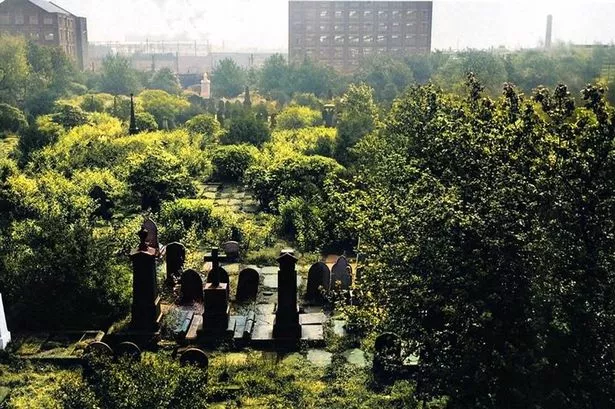 The now vanished Ardwick Cemetery in Manchester
The now vanished Ardwick Cemetery in Manchester
A long-lost Manchester cemetery that was the final resting place of some of the city’s most prolific figures was turned into playing fields, and the remains of all those buried there still reside underneath.
Ardwick Cemetery opened in the 1830s and was one of Manchester’s most famous burial grounds. John Dalton, the influential chemist and physicist who pioneered atomic theory, was one of the renowned public figures interred there.
Other influential and notable residents include the chartist Ernest Jones, Sir John Potter (Manchester’s first mayor), and bugler Robert Hawthorn, who was awarded the Victoria Cross. But it wasn’t just the rich and famous who were buried there; many of its headstones were said to bear witness to the high mortality rate of the city’s working-class children.
Privately owned by the Ardwick Cemetery Association, by the 1920s, questions were raised about its future. There was talk of closing the sacred spot and redeveloping the land into something new to benefit the city’s residents. However, this didn’t happen until decades later.
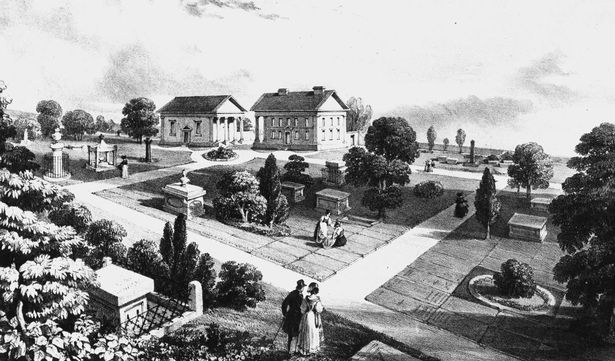 An illustration of Ardwick Cemetery, Manchester, 1836(Image: @Manchester Libraries and Local Archives)
An illustration of Ardwick Cemetery, Manchester, 1836(Image: @Manchester Libraries and Local Archives)
Some 80,000 people are thought to have been buried within Ardwick Cemetery’s grounds when it closed to new burials in 1950. Lying dormant and overgrown, it was purchased by Manchester Corporation in 1955.
While it no longer accepted burials, the cemetery was still considered a sacred site for some. In September 1955, the Manchester Evening News reported on a ritual, said to date back to the days of the Pharaohs, being performed at the disused cemetery.
The Rosicrucian Order, a scientific student order that dates back to Ancient Egypt, performed the ceremony simultaneously with members of the order worldwide.
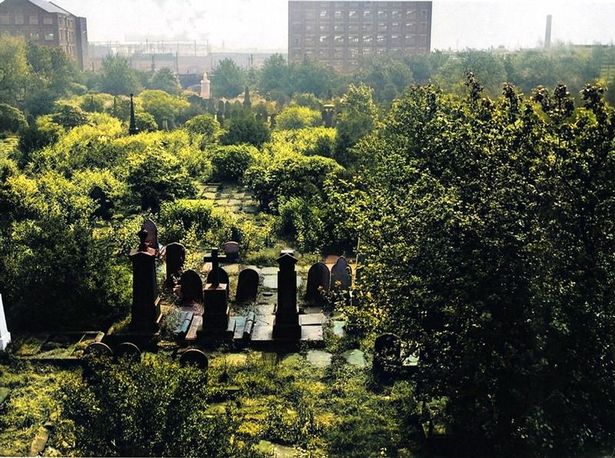 View of an overgrown Ardwick Cemetery in Manchester. Date unknown
View of an overgrown Ardwick Cemetery in Manchester. Date unknown
By the late 1950s, the cemetery was in a deplorable condition. The Manchester Evening News reported in July 1958 that weeds up to 12 feet in length and stems up to an inch thick had made “the whole cemetery look like a jungle.”
In 1959, Stockport historian Mr Herbert Morton was given the unenviable job by Manchester Corporation of copying down the carved inscriptions of each of the cemetery’s six thousand-plus tombstones. Every detail on the headstones had to be recorded before the council could clear the graveyard.
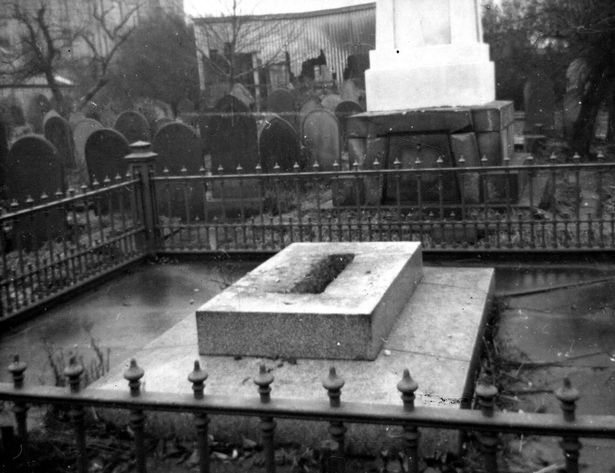 The partially removed tomb of John Dalton, Ardwick Cemetery, Manchester, 1961(Image: @Manchester Libraries and Local Archives)
The partially removed tomb of John Dalton, Ardwick Cemetery, Manchester, 1961(Image: @Manchester Libraries and Local Archives)
In 1960, plans to turn the site into a sports field were approved, and work to remove the prominent headstones began. Great care was taken to remove the three-ton tombstone of its most famous resident, John Dalton.
The revered scientist’s tombstone was to be trimmed and placed in the New George Street building of the Manchester Literary and Philosophical Society, of which Dalton was once president.
However, while this stone monument would be moved to a new final destination, the lead coffin in which Dalton had been buried since 1844 would remain undisturbed.
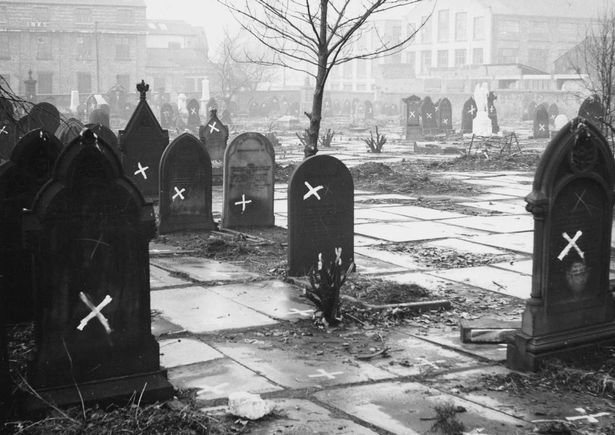 Gravestones marked out at Ardwick Cemetery, Manchester, November 1959(Image: @Manchester Libraries and Local Archives)
Gravestones marked out at Ardwick Cemetery, Manchester, November 1959(Image: @Manchester Libraries and Local Archives)
Not all of the cemetery’s tombstones would be treated with the same reverence as John Dalton’s. Any that had not been claimed were destined for the stone-breaker’s hammer.
All the vaults were sealed, and where possible, the roof slabs covering them were moved to a lower level, as the whole area was re-soiled and turfed.
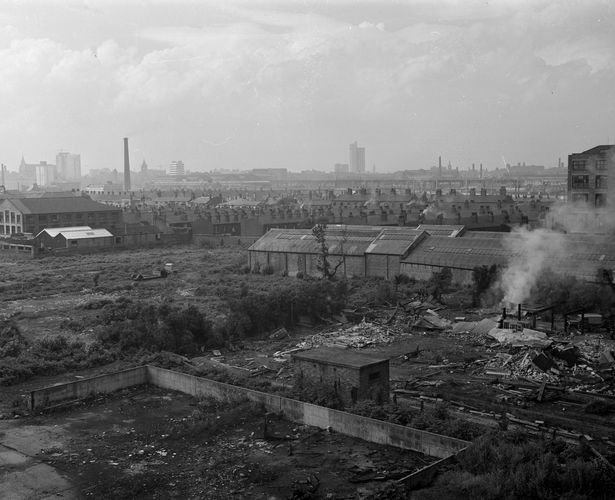 Ardwick Cemetery, Manchester, during the clearing. August 1962(Image: @Manchester Libraries and Local Archives)
Ardwick Cemetery, Manchester, during the clearing. August 1962(Image: @Manchester Libraries and Local Archives)
In 1966, Nicholls Playing Field was officially opened on the site. It was to be used by the boys of the Nicholls Secondary School in Hyde Road.
These days, the former cemetery site is home to the Nicholls Community Football Centre. The sounds of cheers and footballs being kicked echo over the remains of some 80,000 of the city’s citizens, including one very famous scientist, who is still lying in the ground.
Join the Manchester Evening News WhatsApp group HERE
